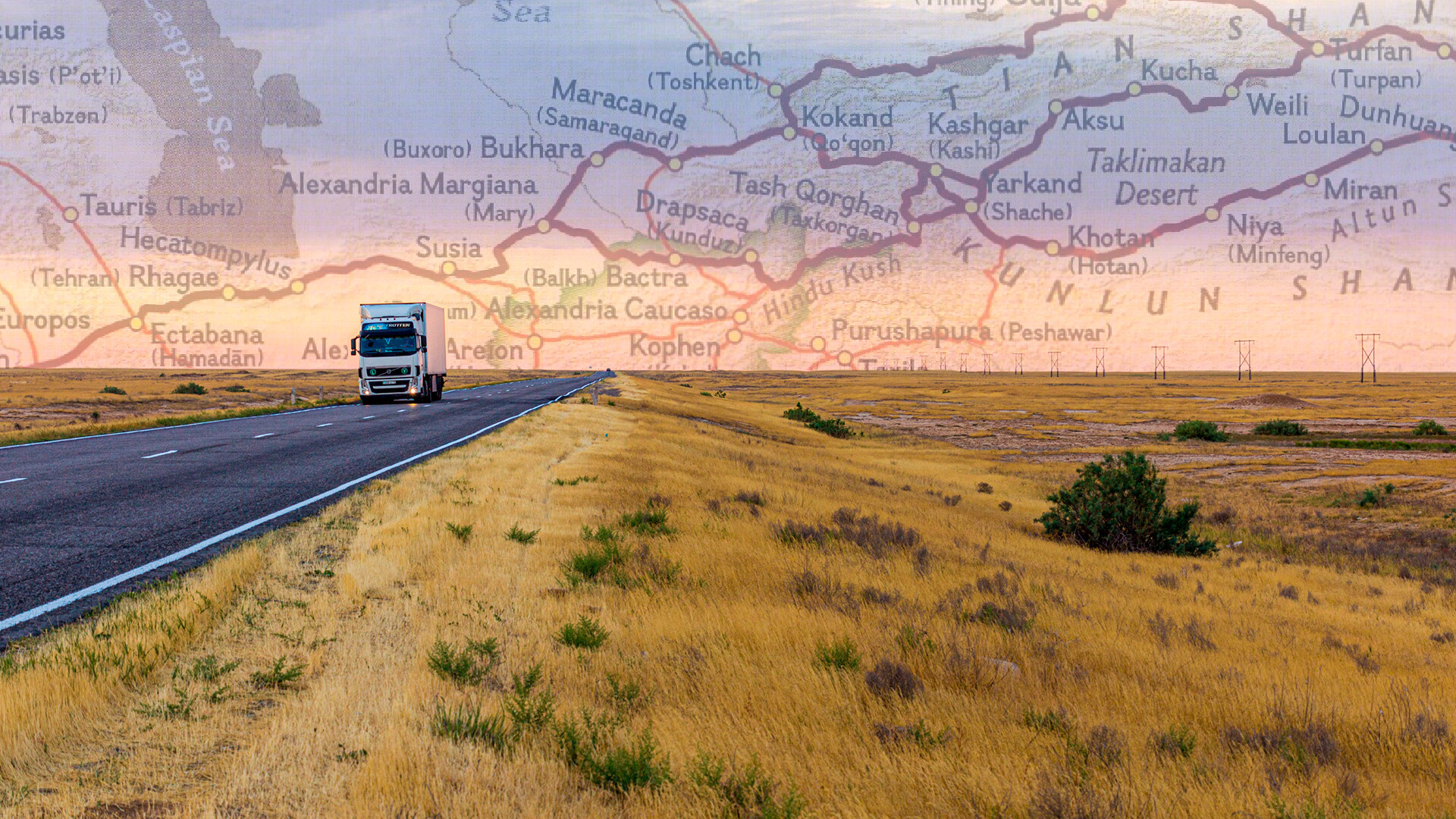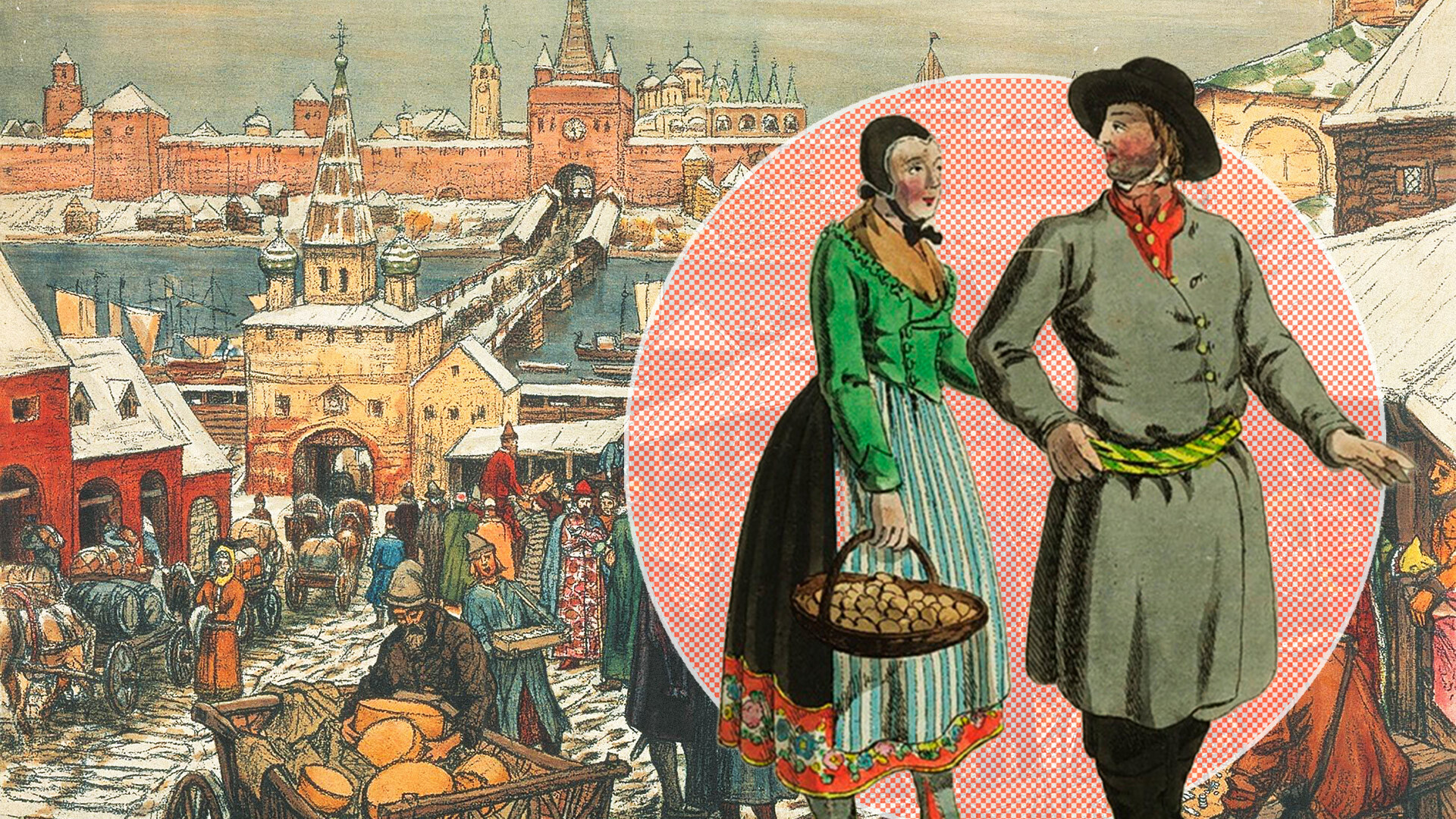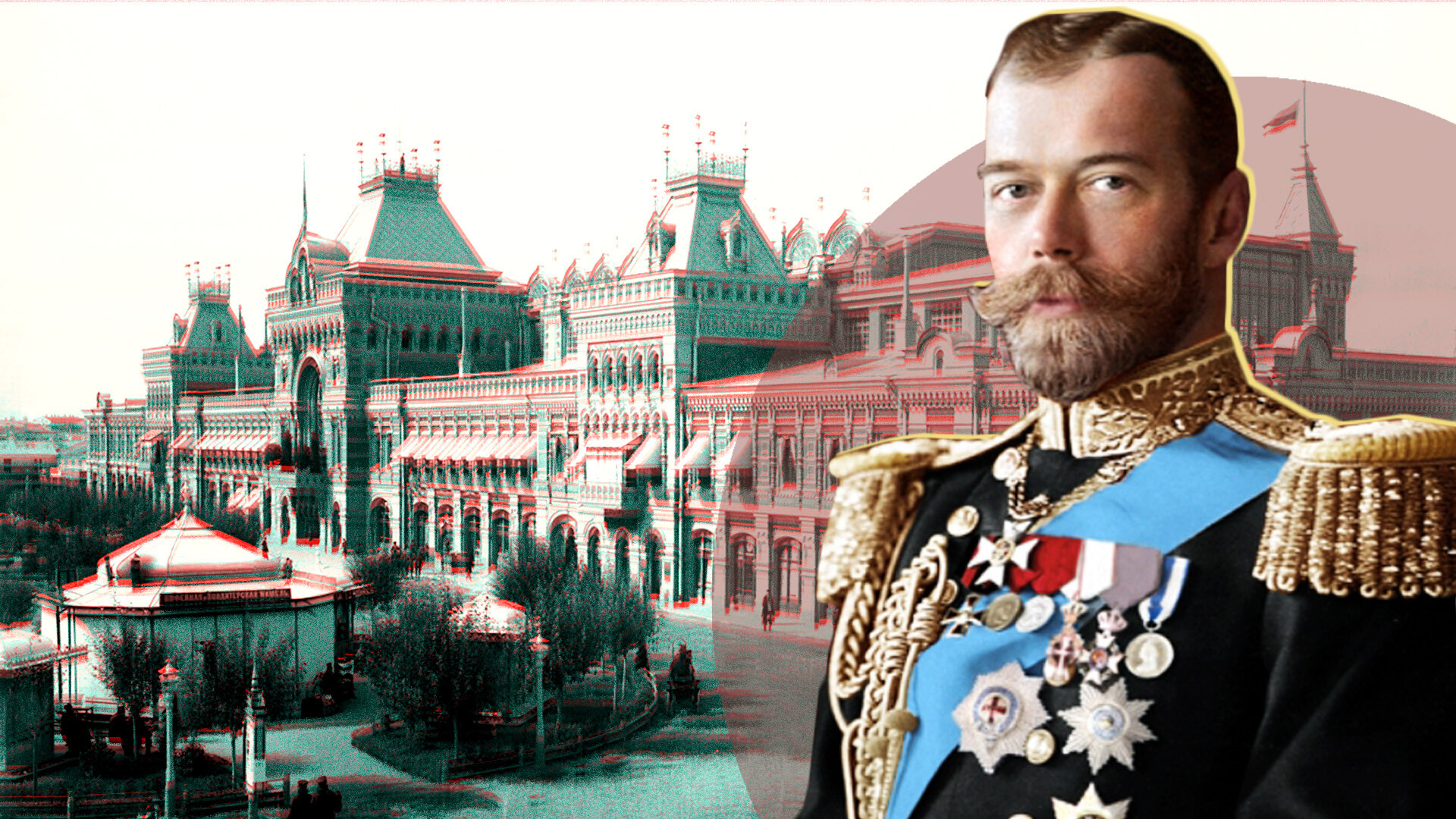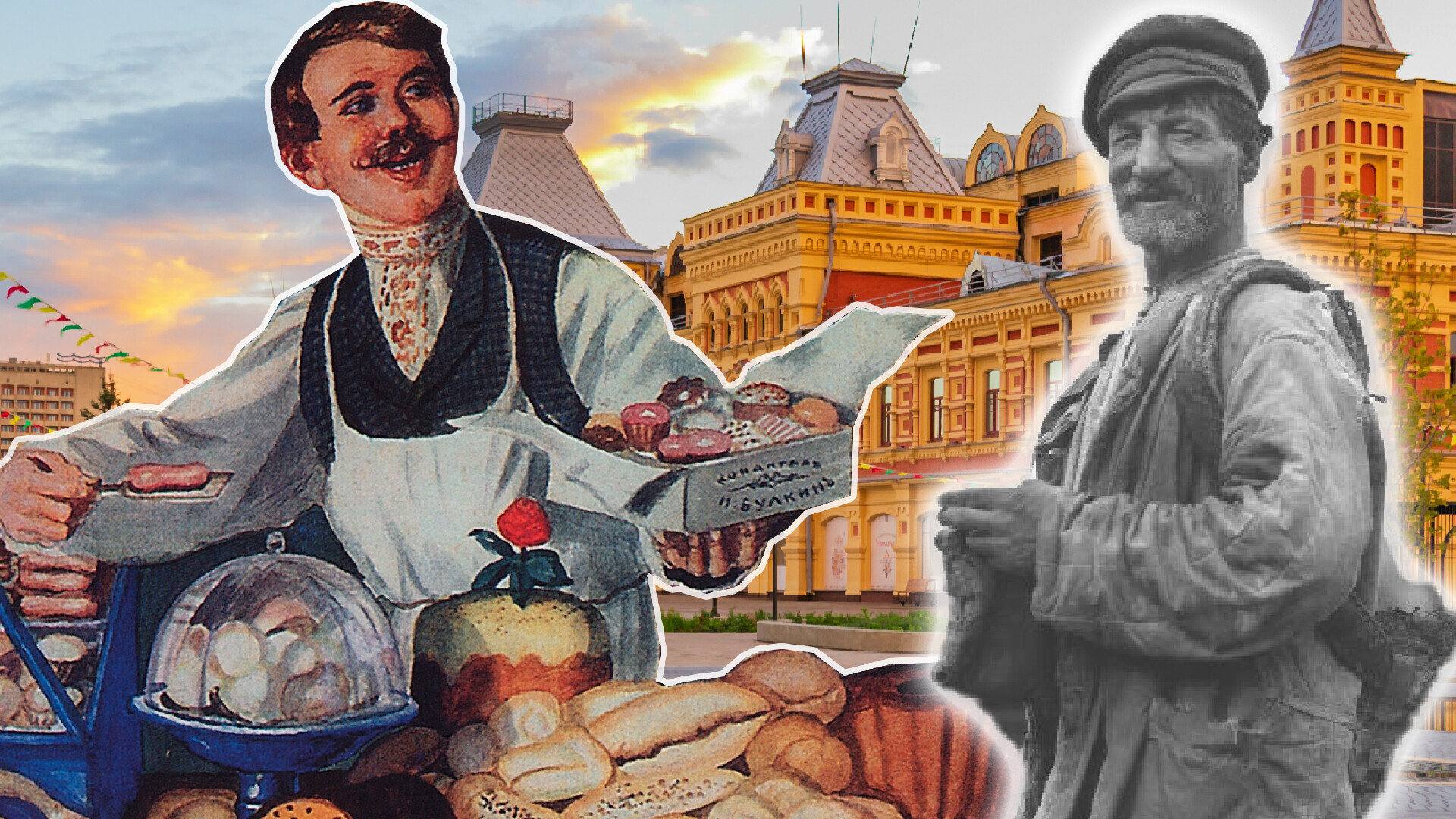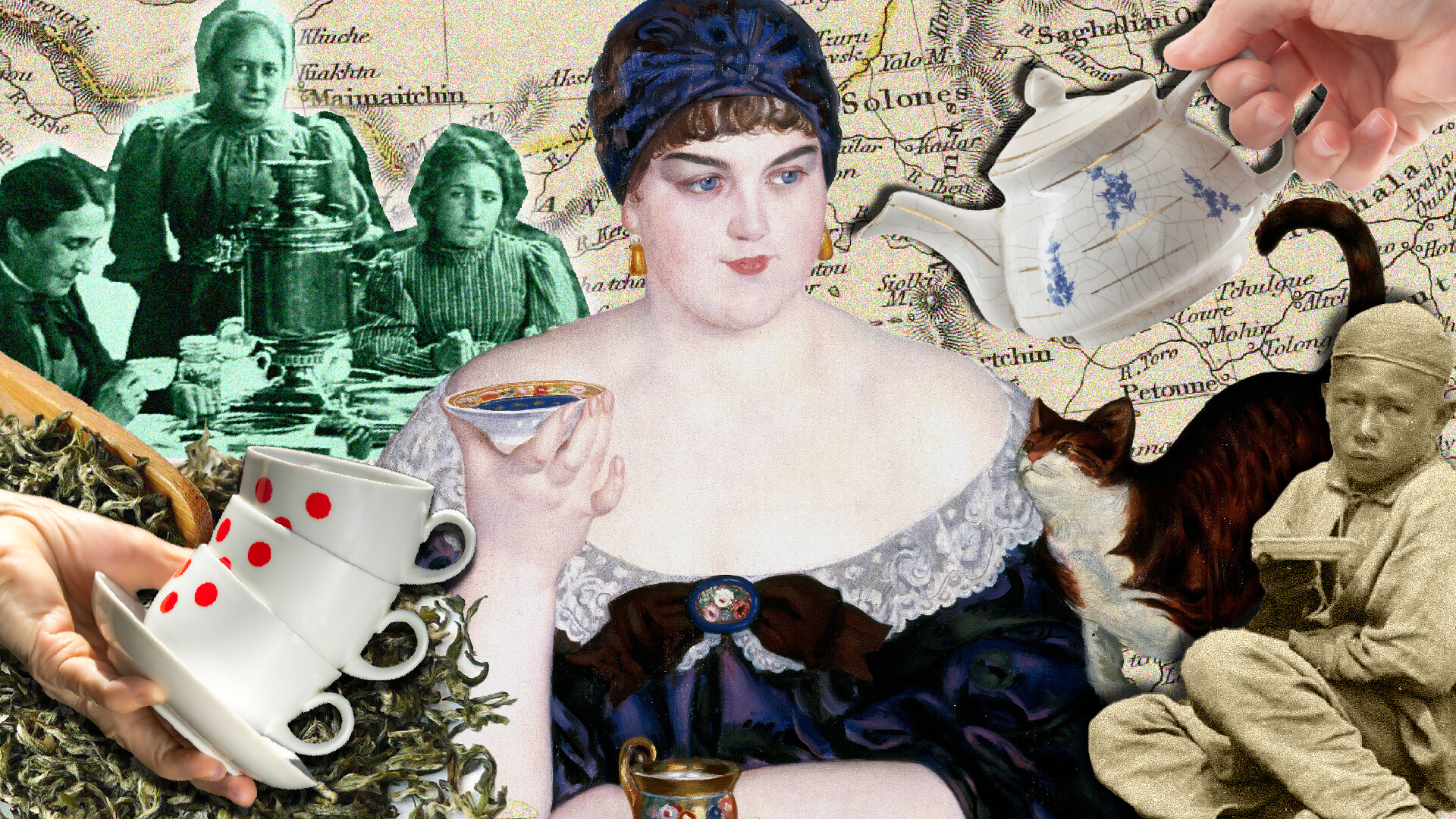
Whatever happened to those infamous Russian kiosks of the 1990s? (PHOTOS)

 Selling sweets in Moscow in 1990s.
Selling sweets in Moscow in 1990s.
In late 1992, Russian President Boris Yeltsin signed the law ‘On Free Trade’ - and millions of residents took to the streets. And this trade freedom allowed many to survive during the severe economic crisis after the collapse of the USSR.
 A kiosk with bread in Moscow, 1990s.
A kiosk with bread in Moscow, 1990s.
They traded by word of mouth, spontaneously organizing markets literally everywhere. But, a distinctive feature of that time were numerous tents with all sorts of stuff.

At first, Soviet stalls like ‘Soyuzpechat’ [‘Soviet print’] were remodeled as commercial kiosks, but most of the structures were still homemade. Whoever wanted to, built them the way they wanted to.

There was much more choice there than in ordinary stores. In addition to groceries and household goods, owners of alcohol kiosks made the most profits, which often also worked 24/7. This lasted for more than a decade.
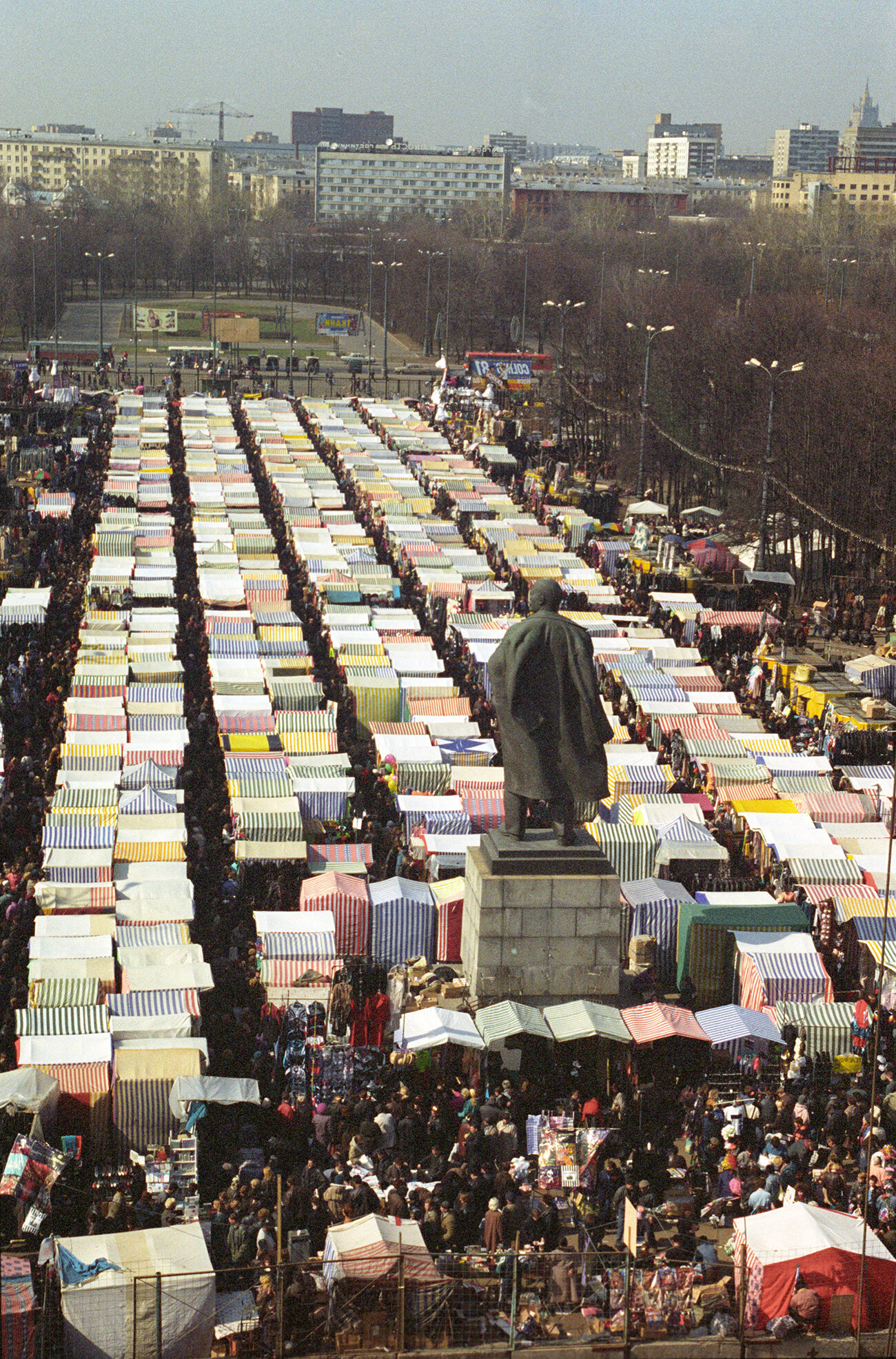 A trade market in Luzhniki, Moscow.
A trade market in Luzhniki, Moscow.
In 2013, Russia first banned the sale of alcoholic beverages at night and in such kiosks and then began to demolish all illegally built kiosks. The most serious action was taken in Moscow. In February 2016, about 100 kiosks were demolished in just one night - the media dubbed it the “night of long buckets” (as excavators with buckets were breaking them down).



